Agriculture with a new Skill
Cultivating Ideas for Growth
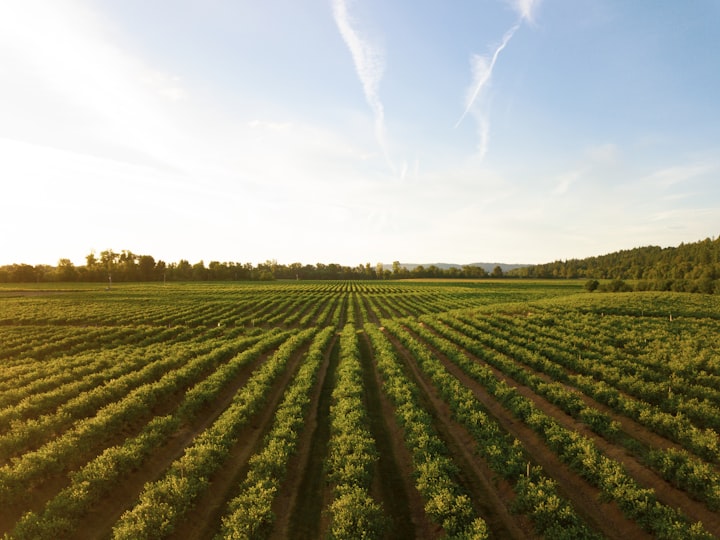
FOUNDER OF AGRICULTURE :
One key leader was agricultural scientist Norman Borlaug, the "Father of the Green Revolution", who received the Nobel Peace Prize in 1970. He is credited with saving over a billion people from starvation.Born:March 25, 1914 Cresco, Iowa, United States .Died:September 12, 2009 (aged 95) Dallas, Texas, United States.

HISTORY OF AGRICULTURE :
Agriculture began independently in different parts of the globe, and included a diverse range of taxa. At least eleven separate regions of the Old and New World were involved as independent centers of origin. The development of agriculture about 12,000 years ago changed the way humans lived. They switched from nomadic hunter-gatherer lifestyles to permanent settlements and farming.
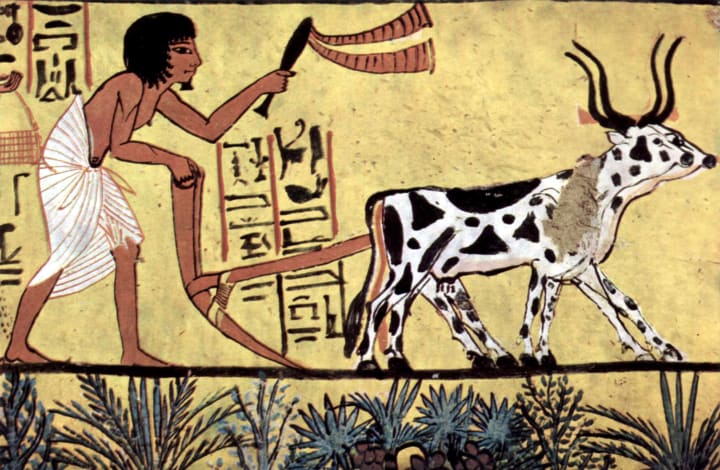
AGRICULTURE IN INDIA:
Agriculture in India started with the Indus valley civilization. It is mentioned in the history of India that rice and cotton were the two crops that were cultivated in the Indus valley. According to Bhumivargha and Indian Sanskrit text, the agricultural land is divided into 12 categories, Urvara, Ushara, Maru, Aprahata, Shadvala, Panikala, Jalaprayah, Kachchaha, Sharkara, Sharkaravati, Nadimutruka, and Devmatruka. In India agriculture exist since 9000 BC. After the independence of India, the country has made immense development in the agricultural sector. During the mid-1960 India relied on imported food from foreign countries to meet their domestic requirements but the drought of 1965 and 1966 convinced India to reform its agriculture policy.

CROPS AND IRRIGATION INDIA:
In 2014 India ranked as the world’s largest producer of fruits like Banana mango guava lemon papaya and vegetables like chickpea and okra, major spices like Ginger chili pepper, fibrous crops such as jute, and staples such as millet and castor oil seed. India ranks as the second-largest producer of wheat and rice. The major reason for the success of India in agriculture is the irrigation network of India. The irrigation network includes major and minor canals from rivers rainwater harvesting and groundwater systems. From all of these the groundwater system is the largest irrigation network in India.The improvement in the irrigation network over the last 50 years has helped India to improve food security and reduce its dependence on monsoon. One of the major roles in irrigation networks is played by dams. Dams provide drinking water and control and prevent drought-related damage to agriculture. 60% of the water which comes from all the water channels is consumed by rice and sugar crops. India is among the top 3 global producers of the major crops including wheat, rice, cotton, fruits, vegetables, and pulses. The irrigated crop area of India is 8.26 million hectares which is the largest in the world and the arable land is 159.7 million hectares which is the second largest in the world.
AGRICULTURE AND AGRICULTURAL PRACTICES:
Food is a basic requirement for every living being. We depend on plant and animals for food. Ancient men began the cultivation of food in a small area and used certain procedures for their management and improvement. This art of cultivation of the crop is called agriculture.
In agriculture, there are certain parameters to be considered such as the type of crop, properties of soil, climate etc. Depending upon these parameters, farmers decide which crop is to be cultivated at what time of the year and place. Moreover, to yield a high-quality product, suitable soil, climate and season are not sufficient. It requires a set of procedures which needed to be followed. The measures which are followed to raise crops are called agricultural practices. Different agricultural practices are discussed below.

STEP 1: CROP PLANNING
Crop planning is a critical and often overlooked part of farming. A crop plan, developed before the season starts, helps growers calculate how much of each crop to plant in the greenhouse each week, when they will be transplanted in the field, timing and quantity of harvest on a weekly basis through the growing season (to plan for CSA deliveries and farmers markets for example) and succession planting or cover cropping to make maximum use of limited acreage.
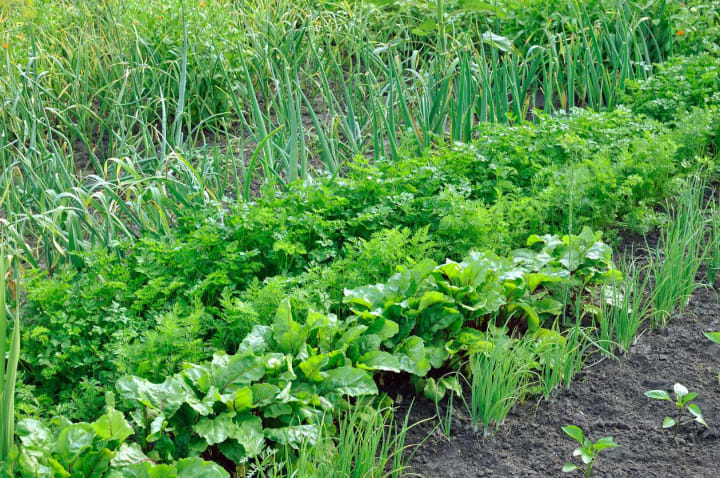
STEP 2: SOIL PREPARATION
Before raising a crop, the soil in which it is to be grown is prepared by ploughing, levelling, and manuring. Ploughing is the process of loosening and digging of soil using a plough. This helps in proper aeration of the soil. After ploughing, the soil is distributed evenly and levelled in the process called levelling. The soil is then manured.

STEP 3: PLANTING
Planting soil is soil that has been specially prepared for planting. It contains the nutrients necessary for plants to thrive, and its pH balance has been adjusted to be suitable to the types of plants which will be grown in it. It is possible to purchase planting soil from garden supply stores, and also to prepare your own.

STEP 4: MONITORING
Conventional agriculture systems are being replaced and reinforced by modern technologies. One such technology is the Agriculture Monitoring System. It makes use of the Internet of Things (IoT) and wireless sensor network. This system is prepared to increase agricultural productivity and reduce unforeseen and avoidable losses.
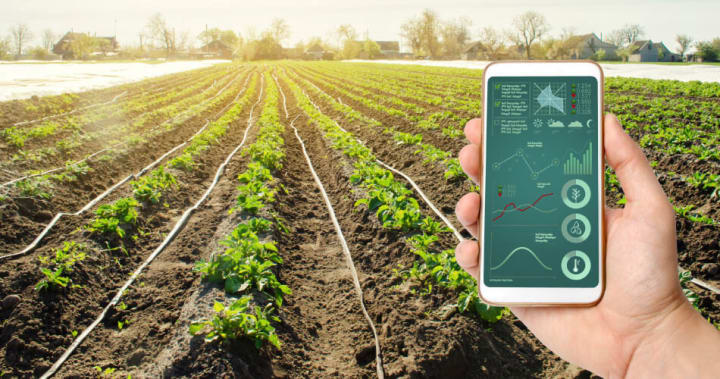
STEP 5: HARVESTING
Harvesting is the operation of gathering the useful part or parts of the plant and is carried out at the time when all the nutrients have developed and the edible parts have reached the appropriate degree of maturity.In general, the harvest takes place 10 or 15 days after the grain has reached physiological maturity.

STEP 6: PROCESSING
Processing is defined as any activity that maintains or raises the quality or alters the physical or chemical characteristics of a material or object, or adds value to it in any way whatsoever. Processing can be as simple and quick as washing vegetables or it can be as involved and complicated as making cheese or wine.
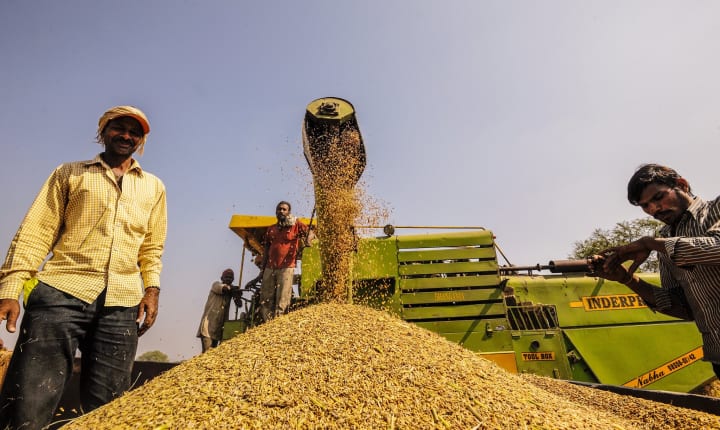
STEP 7: SALE
A sales process is a structured, step-by-step formula that represents your sales cycle. It standardizes the sales process and shows sales reps how to move leads through the sales pipeline. As a result they can track leads with ease and close more deals.
A basic sales process generally includes the following stages:
1.Prospecting
2.Qualification
3.Demostration
4.Evalution
5.Negotiation
6.Closing
7.Nurturing






Comments
There are no comments for this story
Be the first to respond and start the conversation.